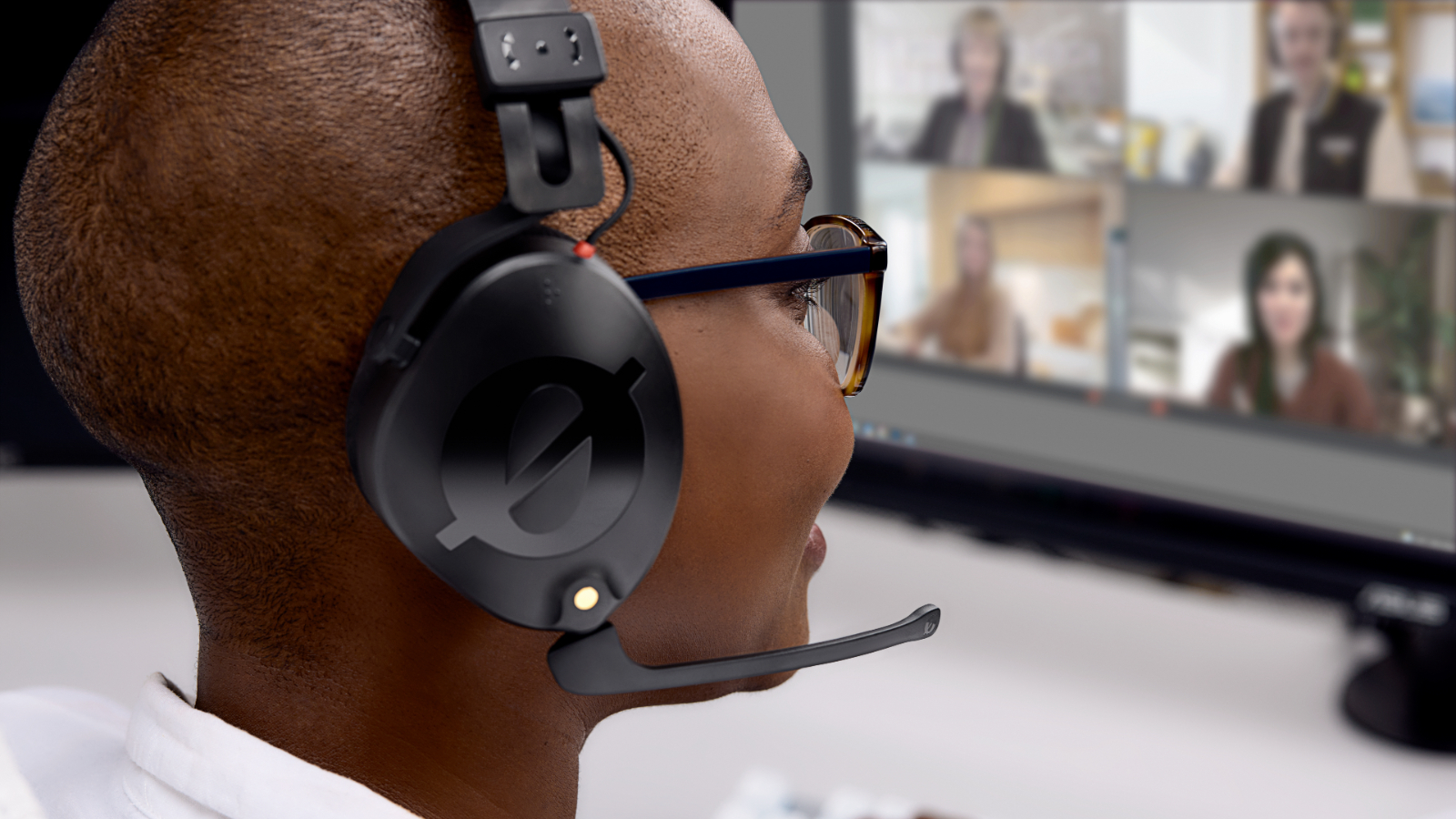NTH-100M specs
Price: $189 or $59 for just the mic
Mic: Omini Directional polar pattern
Frequency range: 20Hz – 20KHz
Signal to noise ratio: 67dB
connection: 3.5mm bayonet jack
weight: 5 grams
Headphones: 40mm drivers
Frequency response: 5Hz-35Khz
Sensitivity: 110dB
weight: 12.3 ounces
Tonight Rode is releasing a headset edition of its Editors Choice winning NTH-100 headphones, the NTH-100M. The M stands for the microphone, and this detachable omnidirectional mic removes the user’s worries about bumping into a desk-based mic and produces broadcast-grade audio.
You will recognize the design from the original NTH-100 we reviewed. The addition of the microphone is rather seamless, and it works well in our initial testing.
Let’s have a quick peek at the Rodes NTH-100M headset to suss out the rest of the details.
Rode NTH-100M better together

When we reviewed the Rode NTH-100 headphones, we fell for their ergonomics and cutting-edge design. The audio produced by the NTH-100 was equally impressive as they consistently delivered a crisp, rich, full sonic experience.
What could make the NTH-100s better? How about adding a quality mic, so I don’t need to have a USB or XLR mic eating up space on my desk? That’s just what Rode did. The NTH mic pops into the available 3.5mm jack on the bottom side of either earcup and viola; you now have a headset.
In my initial testing, I found the NTH-Mic, with its omnidirectional polar pattern, produces broadcast-quality audio. It picks up the natural timbre of my voice nicely and even handles my awful attempts at singing in falsetto.
Ergonomically, adding the mic doesn’t take away from the NTH-100 headphones and creates some versatility. I will have a full review of the NTH-100M headset in the near future if this mic ‘d-up pair of headphones sound like they might be a fit for you.